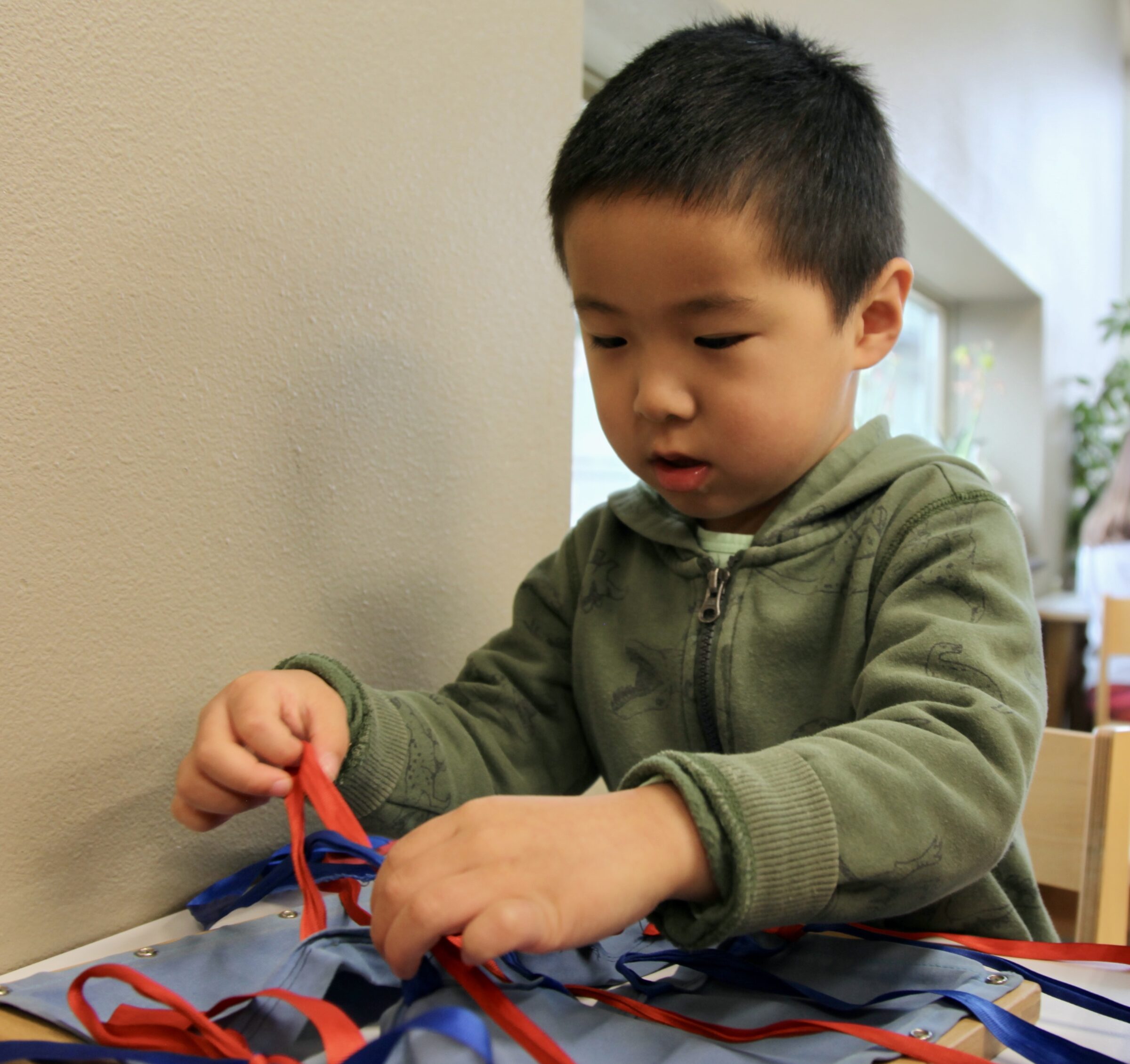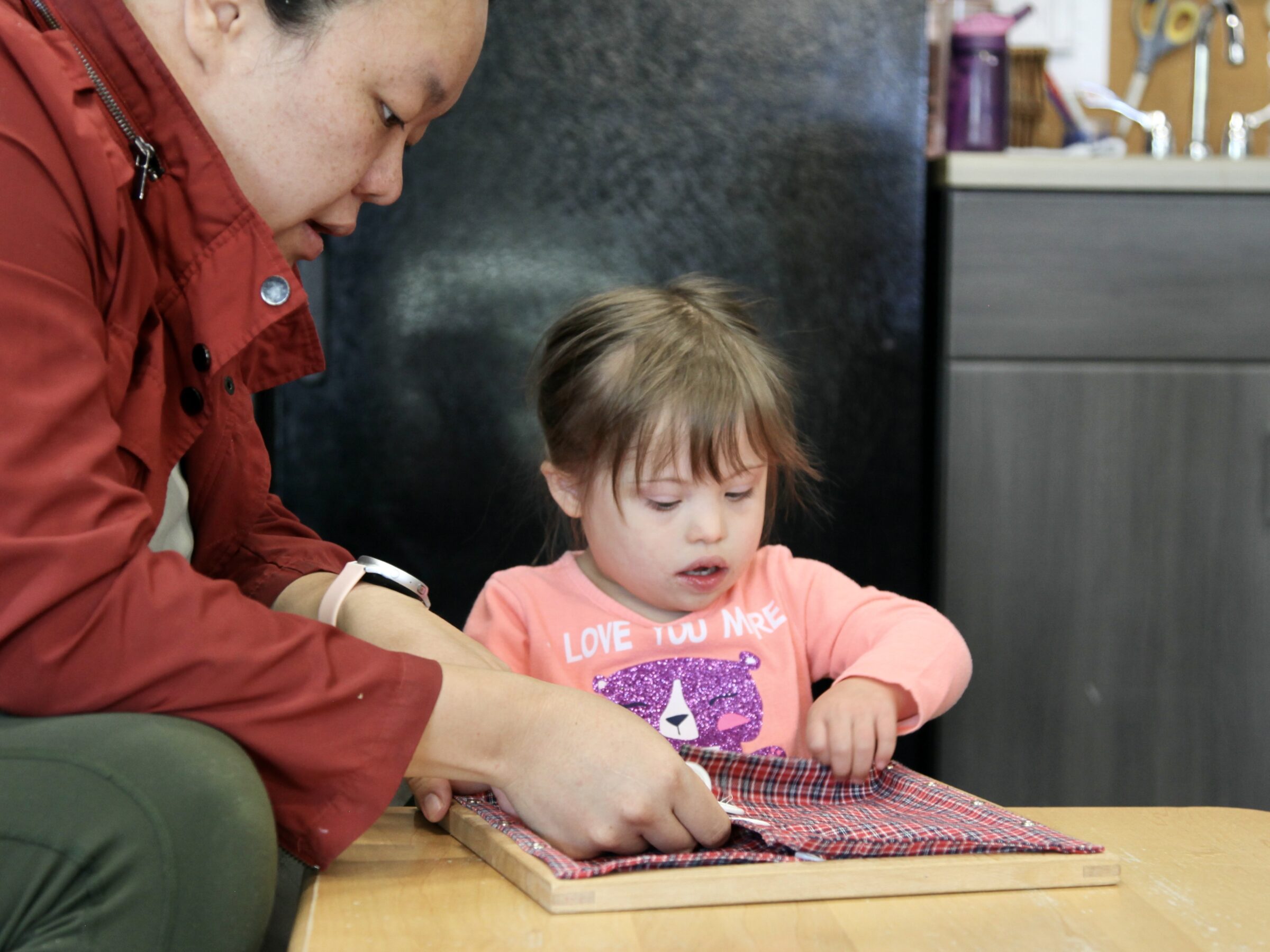Order in Montessori
Thoughts & Reflections
There’s a well-known trope that children are chaotic. Busy, screaming, messy. We can’t wait for them to grow up because then we’ll have some sense of order back in our lives.
However, anyone who has spent time around children and not just watched them on TV for a bit of comedy knows, children are quite orderly. We’re naturally drawn to order. It’s so universal, in Montessori we call it the Human Tendency for Order.
Orderly things are beautiful. Think of the repetition of petals on a flower, or compartments on a nautilus shell. Nature is orderly. Day always follows night. The tide rolls in, then out, then in. Gravity is not a suggestion, it’s a law. The passing of the seasons.
While children are not rational, we cannot simply explain why sleep is important to a three year old and convince them due to our well-prepared argument alone, they do love logic and order. It’s why they’re so drawn to consistency and an orderly schedule. It’s why disrupting the schedule can be so, well, disruptive. It’s why the tantrum happens if we do something unexpected, like the other parent helping with bath, or reading a new book rather than the same one for the umpteenth time. Speaking of books, it’s why children are drawn to the same story again and again and again — the predictability is calming, the order is soothing; when so much is unknown and uncomfortable, as the world is when you’re little, knowing what’s coming next is a security blanket, and it’s incredibly cozy.

As children grow, they also tend to seek out order, not just finding comfort in it happening around them, but instead looking for it, or even creating it. It’s a growth from passive to active; where we might notice a baby or toddler disrupted by a cluttered room or a disrupted schedule, a young child actively puts things in order, lines them up, finds the disarray and makes it right.
We see this in children’s work — lining up blocks before they begin, gathering same-color puzzle pieces, matching pairs, aligning their mat, their material, their tray just-so.
Sometimes that’s the whole work! A child will line up all the pieces, sigh satisfactorily, and put the work away.
Sometimes that’s just the start. My pencils must all be aligned, my papers stacked and squared, my blocks seemingly-arbitrarily right-side-up, before I vigorously and enthusiastically dive in.

Sometimes it’s what I need to start. Where do I begin this seemingly impossible task?! I’m stuck and cannot see the forest for the trees. How do you do this work again? First, I’ll put it in order. Start small. Okay yes now I remember. Just one little bit, and the first little bit is getting things sorted.
Maybe the trope is cyclical. Children are busy and screaming because things are messy, which means things get more out of order, and the cycle continues until someone is in tears. Maybe that’s why Montessori classrooms are so tidy, too — the cycle perpetuates. The room is calm and orderly, so the children are calm and orderly. Things have a home, so things are returned to their home. In Montessori, we say, outer order creates inner order. Maybe we’ve heard that old maxim: a cluttered desk is a sign of a cluttered mind. When we do such work to create external order, the children can do the more important work — creating inner order. This leads to logic, patterning, and problem solving. It leads to a calm, cooperative, receptive demeanor. It means we’re not putting out fires, we’re lighting sparks. It all starts with order.
Written by:
Charlotte Snyder



